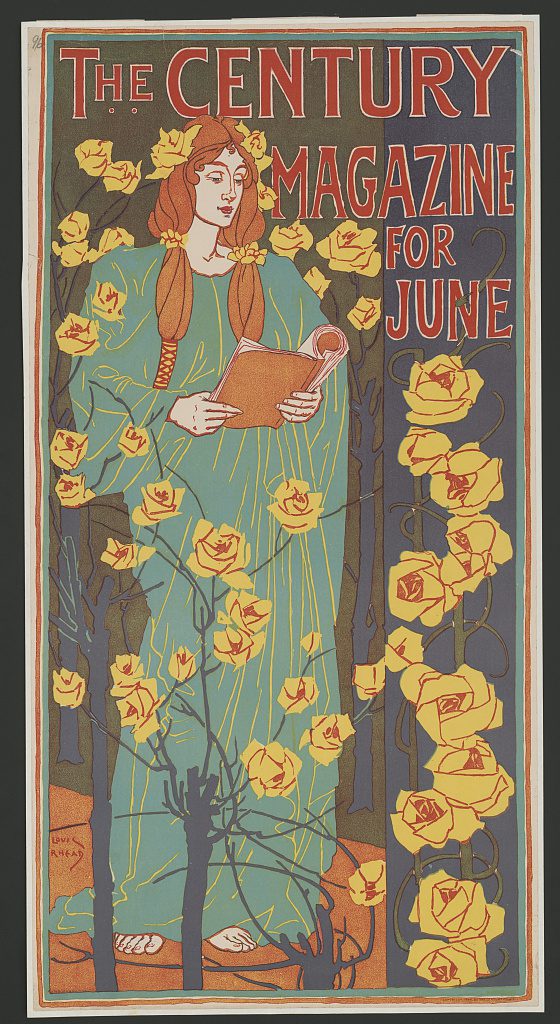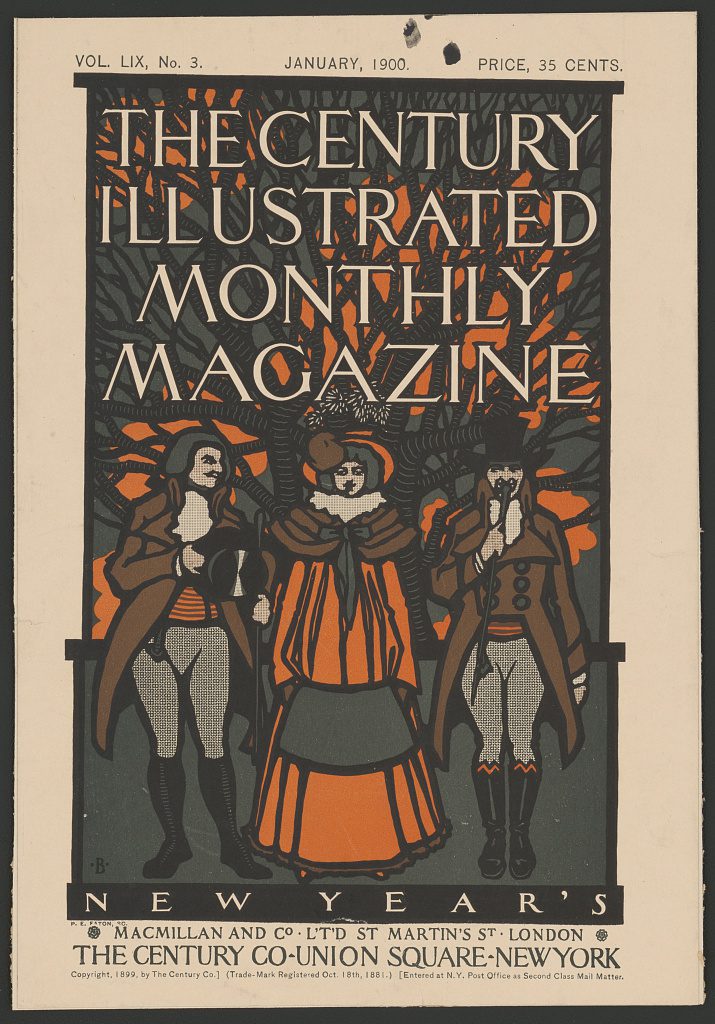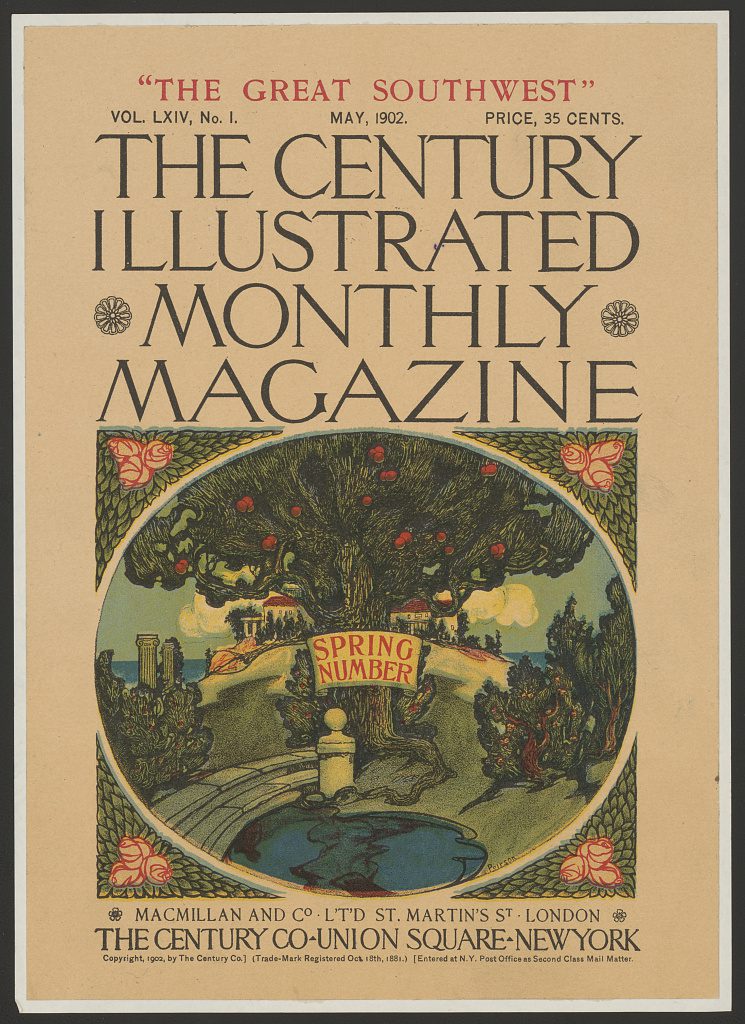How to Evolve Your Magazine’s Brand
What to consider when you’re ready to rethink, rebrand and relaunch your association publication.
“Change is inevitable. Evolution, however, is optional.” ― Tony Robbins

Most of us have looked back on photos taken five to 10 years ago and thought, “What was I thinking?!” Maybe it was our fashion choices or maybe it was a particular trendy haircut that isn’t so trendy anymore. We soon realize that what looked good and was considered in style then definitely doesn’t fly now.
The same applies in the publishing world. Fashion trends evolve over time and so should a publication’s business objectives, design and content strategy. Ultimately, all of these things have to change to keep up with what members expect.
Just as I’ve looked back on old photos realizing that trends come and go, I’ve done the same when looking at back issues of publications. It becomes clear that a magazine carefully constructed, designed and planned at one point in time doesn’t always translate so well five years down the road. It begins to look dated simply because it is dated. Recognizing this and acting upon it is the most important step in evolving your brand.
How often should we consider changing or altering our brand?
Analyze your publication’s brand and its performance on an annual or biannual basis, depending on publication frequency. A quarterly publication may need to undergo this process every couple of years, while something that’s issued more frequent – say bimonthly or monthly – should be carefully reviewed annually.

When it comes to a complete name change, I’d recommend this only if the current name of the publication has negative connotations or just doesn’t have much recognition out in the marketplace. Name changes should only occur if you think it’s absolutely necessary to elevate the brand or need an opportunity to start fresh. For example, earlier this year the International Species Information System, which had gone by the acronym of ISIS for more than 40 years, decided to change its name to avoid association with the well-known Islamic terrorist group.
I believe it’s always best to use your original publication name whenever possible. There’s no need to throw brand recognition out the window because, in most cases, it’s earned over a long period of time. That’s why picking the right name is so important – it’s one aspect of your brand that should stay consistent over the long haul.
A complete brand overhaul isn’t necessary every year or two years to keep the magazine relevant and engaging. I’d actually advise against this. While you want the magazine to be fresh, there’s also importance in creating brand recognition, and as mentioned, this takes time. Slightly changing fonts and design aspects can make a huge impact without completely changing your brand, so think small when regularly reviewing your publication. And, as they say, if it ain’t broke, don’t fix it. This applies to your magazine’s brand 100 percent.
What’s in a publication brand?
If your publication team does decide a brand evolution is needed, know that there is so much more that goes into a magazine’s brand aside from its title, the styling of its nameplate, and the fonts and graphics. It goes way beyond that. Consider the look and feel of the publication, the content it delivers, and how the publication ties into your association’s business objectives, and members’ desires and needs.



The Century Magazine changed its look over a period of years. Your association publication can make a similar, successful transition. Cover images courtesy of the Library of Congress.
Below are some of the main components to consider when you’re ready to take the leap and evolve your publication. You can change your fonts and the way you set up your departments and features, but if you stop there, you’re only covering about 10 percent of what it takes to effectively revamp your publication’s brand. So what’s in the other 90 percent? Read on.
- It’s all about the promise
Create a publication mission statement, or alternatively, your brand promise, and breathe it into every aspect of your redesign and branding. As you start the brainstorming and preplanning process, this promise statement will keep your team focused. Your mission and your promise serve as your compass, and if followed intently, they will deliver you to where you want to be.
For example: “ABC’s association magazine promises to cover the latest topics and trends as they relate to ABC industry, to serve the needs of membership by publishing content they can’t find anywhere else, and to do so in a fresh and engaging way that keeps members coming back for more.”
This example is basic, and you’ll want to be more specific as it relates to your organization, but it’s a good framework from which to start.
- Brand for who you want to attract
To deliver on your promise, you have to understand your audience inside and out. This means understanding your members’ wants and needs, and why they’re coming to your organization in the first place. Is it for education, networking or other special programs?
Beyond what they’re coming for, analyze who they are. Is your association made up of mostly baby boomers, generation X or is there a large segment of millennials? Are they mostly out in the field or are they working in high-rise offices? Think of the member you want to attract, and base your design, content and engagement tactics off of this persona.
- Analyze your competitors
Look at what your competitors and peers are doing, then do it better or complement what’s out there. For example, your article presentation and content should be top-notch and not similar to other publications in the same space. If you’re looking to complement what’s out there, do so in a way that offers something fresh and new because members are expecting unique, one-of-a-kind content from your organization. Don’t attempt to replicate what competitors doing, because they’re already occupying that space.
One of the best ways to set your publication apart from others is to offer content that can’t be found anywhere else. Be unique in your approach – striking design, font choice, and engaging and relevant content are a huge part of standing out.
Never forget the strength of your organization’s brand and use that to leverage the stature of your publication. If your organization is the clear leader in the industry, then your publication and brand should be as well. Brand to this effect.
- Let it stand out on its own
Your new brand should complement to your association’s brand, but be bold enough to stand out its own. Many associations make the mistake of too closely aligning their publication brand with their association brand. For example, an organization goes by ABC Association, so they brand their magazine as “ABC Magazine.” This is not a wise move because your magazine is now dependent on your organization’s brand, and this can work against you more easily than work in your favor. There’s a fine balance leveraging the strength of your organization without becoming dependent on it. Not to mention that this above-mentioned approach is simply outdated, and members are expecting more on your part in terms of creativity.
Furthermore, branding your publication on its own makes it applicable across the entire industry, not just across your membership. There’s a difference. A strong, separate publication brand can only support and elevate the status of your association brand. Each brand should be autonomous, each with its own objectives and goals.
- Get feedback from everyone
Just because you like a certain layout, concept, department idea or font choice doesn’t mean that everyone will. And that’s the important thing to remember when it comes to design in general. Design itself is so subjective in nature that you’ll always have differing opinions. Understand that no matter how hard you try, you’ll never please everyone 100 percent of the time.
With that in mind, once you’ve drafted your new sample brands and created your plan to move forward, take it to your staff, board of directors and a select sample of members. Get their feedback, ask questions and let them know that the floor is open for comments.
Some of the best advice and insight I’ve received about design and branding has come from unlikely sources (thanks, Mom!), so never underestimate the power of branching out and asking what others think. You’ll be surprised one way or another.
- It all comes together in the final details
So you know your personas, created your promise and new content strategy, defined your brand, revamped your photographs and font choices, overhauled the design and overall look and feel of the publication, and most importantly, aligned your magazine with your business objectives and long-term association goals.
Congratulations!
But you’re not done yet. Here are some final pointers that will help bring it all together.
- Align your brand across the communication spectrum. Create icons and alternate logos to be used on collateral and social media, and keep a specific color palette in mind. Consistency is key.
- Create separate social media channels. Create accounts for your new brand on social media (or revamp your old accounts), and keep it separate from primary association accounts. Have the two brands interact and support one another online.
- Don’t forget the collateral! Revamp your media kit and marketing collateral as a part of the launch. Consider adding new advertising opportunities and products to the mix.
- Go big in your reveal. Write press releases about the update, align the release with a large event such as an annual convention, and make the launch something your community can (and will!) talk about.
- Promote your new brand consistently moving forward. Heavily promote it, and let your new magazine brand shine. Once you’ve put in all the work, promote the heck out of it. Not only the first issue, but every issue thereafter.
- Believe in it. If you value the new brand as an important part of your association communications mix and treat it as the invaluable member benefit that it is, your members, vendors and the community at large will as well.
Heather Williams is a senior content strategist with Naylor Association Solutions.

